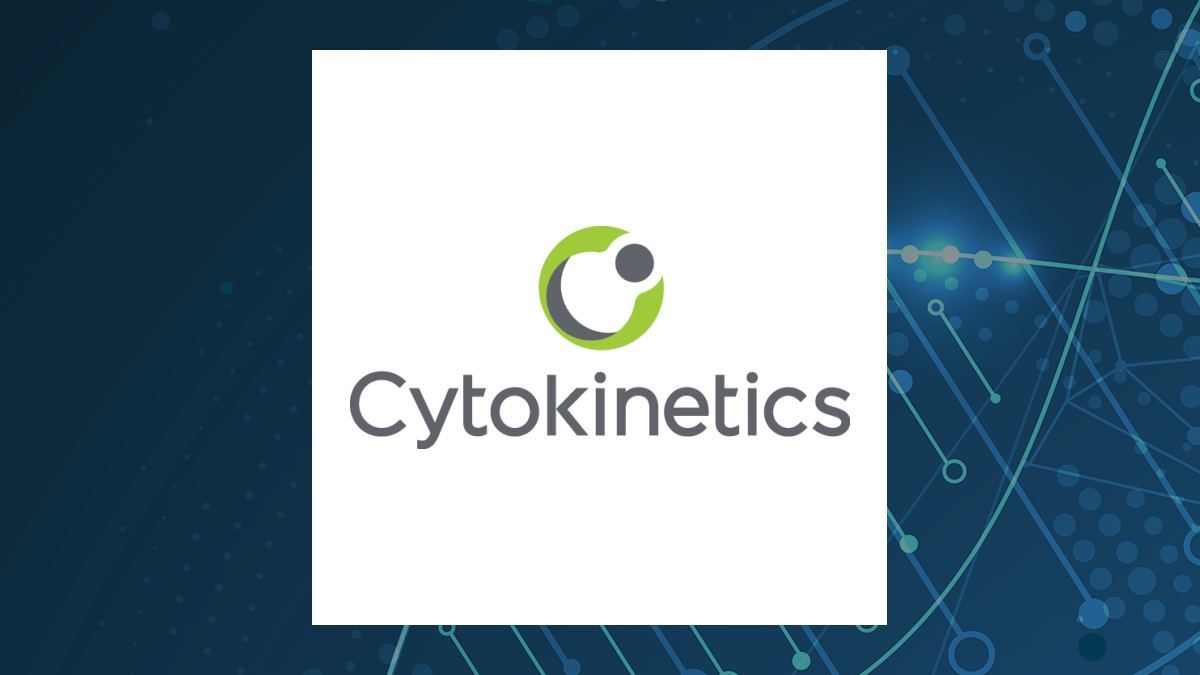A research team led by the University of Pennsylvania has made a significant breakthrough involving hydralazine, a drug long used to treat high blood pressure and preeclampsia. Their findings suggest that hydralazine may also inhibit the growth of aggressive brain tumors, such as glioblastoma. This discovery not only sheds light on the drug’s molecular functioning but also opens avenues for new therapeutic approaches in treating both hypertensive disorders and cancer.
Over the past seven decades, hydralazine has been a crucial medication for managing life-threatening hypertension, particularly during pregnancy. Despite its widespread use, the mechanisms behind its effectiveness have remained largely unclear until now. According to Kyosuke Shishikura, a physician-scientist at the University of Pennsylvania, “Hydralazine is one of the earliest vasodilators ever developed, and it continues to be a first-line treatment for preeclampsia, which accounts for 5%–15% of maternal deaths worldwide.”
Discovering Hydralazine’s Mechanism
The research, detailed in a paper published on March 15, 2025, in the journal Science Advances, reveals that hydralazine functions by blocking an oxygen-sensing enzyme known as 2-aminoethanethiol dioxygenase (ADO). This enzyme acts as a molecular switch, signaling blood vessels to constrict when oxygen levels drop. By inhibiting ADO, hydralazine effectively silences this alarm, allowing blood vessels to remain dilated.
In their study, Shishikura and his colleagues discovered that the suppression of ADO leads to an accumulation of signaling proteins called regulators of G-protein signaling (RGS). This accumulation prompts blood vessels to cease constricting, which results in lower intracellular calcium levels. Shishikura describes calcium as the “master regulator of vascular tension.” As calcium levels decrease, the smooth muscle in blood vessel walls relaxes, causing vasodilation and a subsequent drop in blood pressure.
Implications for Cancer Treatment
Prior to this study, there were indications that ADO played a role in glioblastoma, a type of brain tumor that often develops in low-oxygen environments. Elevated levels of ADO have been associated with more aggressive tumor behavior. This led researchers to consider that inhibiting this enzyme could be an effective treatment strategy. Shishikura collaborated with structural biochemists at the University of Texas and neuroscientists at the University of Florida to investigate hydralazine’s potential against glioblastoma.
Their findings showed that by disrupting the ADO pathway, hydralazine triggers a state known as cellular “senescence” in glioblastoma cells. This process effectively halts tumor growth without causing the inflammation or resistance often associated with traditional chemotherapy treatments.
As research progresses, the team aims to develop more specific inhibitors of ADO that can better navigate the blood-brain barrier. Megan Matthews, Shishikura’s postdoctoral adviser, emphasizes the importance of this research, stating, “It’s rare that an old cardiovascular drug ends up teaching us something new about the brain. We hope to uncover more unusual links that could lead to innovative solutions.”
The implications of these findings could be far-reaching, paving the way for safer and more effective treatments for both maternal health issues and aggressive cancers. Understanding hydralazine’s action at the molecular level may not only enhance the management of preeclampsia but also provide novel strategies to combat glioblastoma, ultimately improving outcomes for patients facing these serious health challenges.







